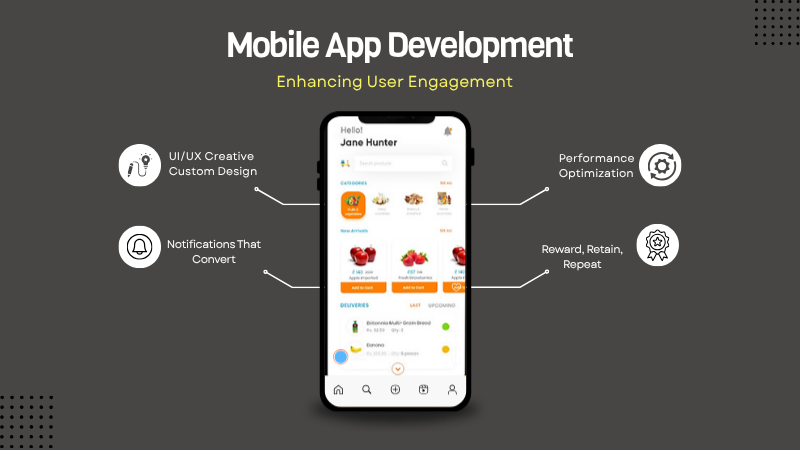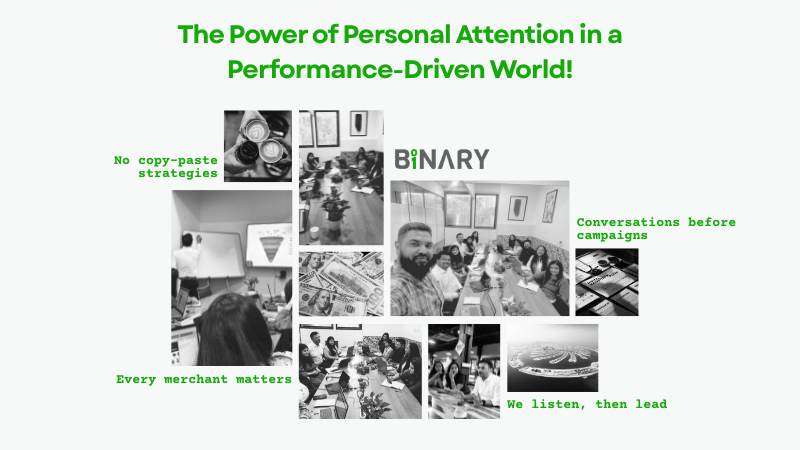Social media strategies and plan helps to achieve organizational objectives through the means of getting a steady workflow. Given below are some of the strategies and plans that businesses can follow to get optimum output from all the marketing efforts:
- Building Strategies – Business plans are often actionable plans that help to achieve organizational over all goals. Strategy defines the very aim of social media presence and they define the parameters of what it will deliver and how it will deliver. Strategies are plans that showcase how the objectives will be met with and that includes the channels, budgets and resources to achieve it. A strategy should consist of a concise and short summary of the things that it aims to achieve.
Strategies help to define goals and objectives that show where you stand in your social arrangements and where should your business be going. Goals are the main criteria that help to achieve your objectives that ensure each goal has measurable criteria for evaluating progress.
One can decide for themselves, high level goals for social media plan that is to complete social media audit and implement the actions. Creating and maintaining social calendar. Work within measurable framework; demonstrate the impact and ROI of social media. The business challenges need to overcome for social channels and strategic activities helps to enable this.
Refer the given below format:

The frames help to reach out to social networks, you have to check your core audience and also identify new customer types that you want to attract based on products and services. The three types of social followers are loyal, existing and potential customers. The strategy should be flexible that responds to changing market conditions. Including guidelines in social media strategy helps to execute processes tactfully, this provides for a set of rules for businesses that they have to adhere to.
- Creating Social Media plans – These are basically nothing but summary of the activities that are implemented to support the plan. The social media audit consists of the summary of social media integration, Facebook profile, twitter profile, reviewing suitable platforms like Pinterest, YouTube, etc. Social media content calendar is created having stand-alone thematic moments having full integration with wide marketing plans.
Channel activities are an integral part of any social strategies; you have to make sure to include all tactical elements that are related to people or processes. One can make use of Twitter handle as a customer service channel and an interaction channel. Twitter accounts are extremely helpful so that brands are easily available to consumers. It will be beneficial for developing brand awareness. Twitter helps you to do followers, include cross-references to email databases; even following key influencers helps in broadcasting your brand.
Integrated marketing helps in aligning with other marketing channels so people understand bigger picture. Email marketing explains how to use social networks, using apps, using widgets, using social engagement data to inform email teams, etc. This can work both ways so you can define how other marketing channels can support with the help of a social network.
Social activities must consist of time lines so the progress is tracked steadily. Timelines are very important and critical when it comes to fulfilling the objectives of the organization. Activities need to have timelines so goals are not drifted, recurring activities can be handled in organized by setting the frequency and targets for the week.
Measuring your social performance by the way of KPIs helps to keep track on all social networks for easy measuring. You have to also check if web analytics tools are configured in a correct manner that helps to capture relevant data.
With social activities and plans, one can actually know the social performance and take necessary measurable steps that help to isolate specific elements of the activities. You can re-write social goals to meet social expectations by means of ecommerce goals and conversion data to check which one add the most value.

















